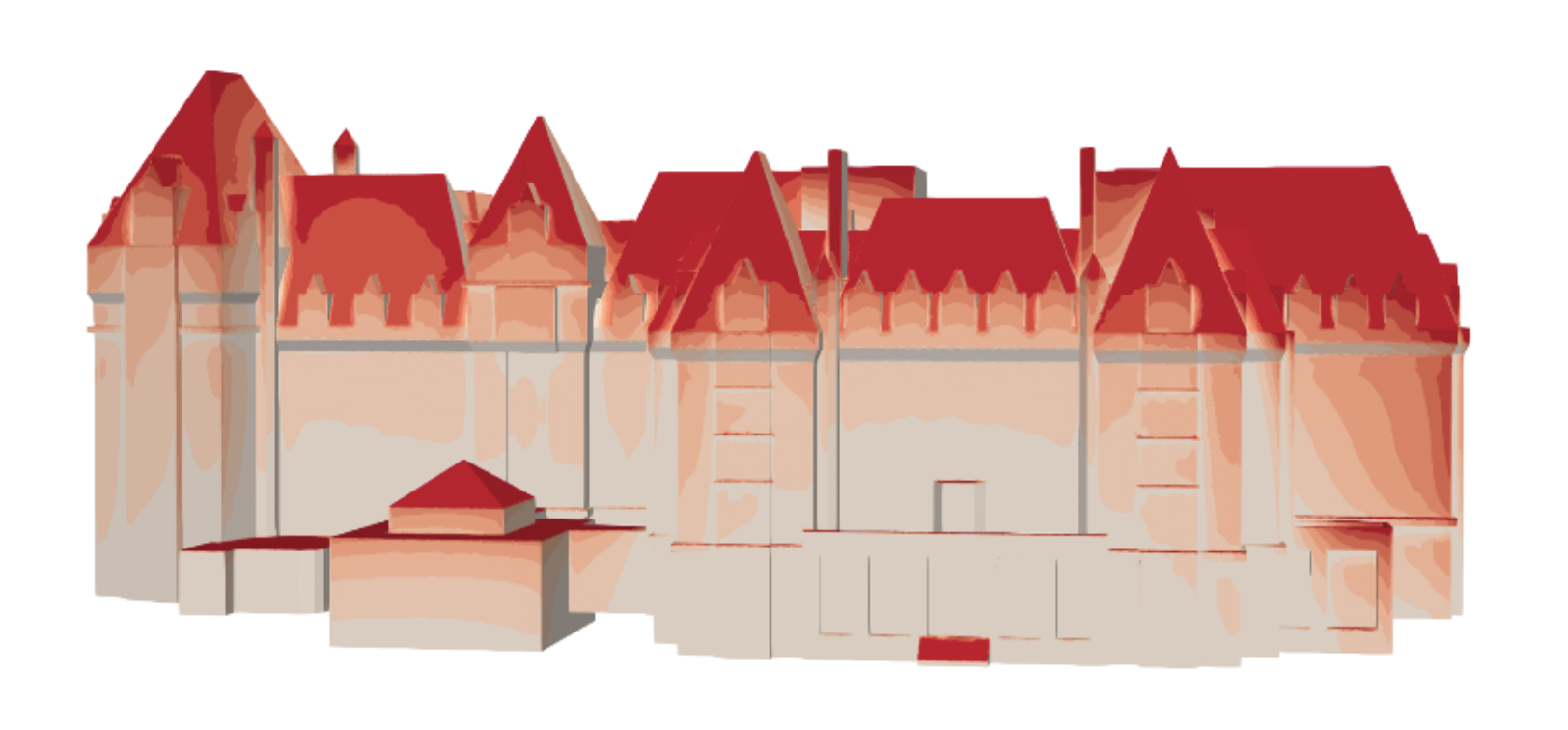4. Wind driven rain and climate change


Impact of climate change on wind-driven rain exposure of buildings and moisture damage risk analysis
Wind-driven rain is a significant moisture source on building facades. It is critical to assess the wind-driven rain load as it forms a basis for possible moisture related problems in buildings, such as risk for mold growth and freeze/thaw damage. Deterioration due to moisture usually begins in the regions of the building envelope with high wind-driven rain exposure. It is possible that, with climate change, rain exposure of buildings will change. This project aims to evaluate the implications of climate change on rain load for building envelopes.
Keywords
Numerical simulations, wind-driven rain, climate change, porous materials
Labels
Bachelor thesis, Semester project, Master thesis
Description
In order to assess the related moisture-damage risk, computational fluid dynamics (CFD) simulations or semi-empirical relations are used to quantify the wind-driven rain exposure of a building. Part of the rain load is absorbed in porous building materials and, subsequently, there is evaporation at the surface depending on solar radiation and wind flow. Excess water can run-off from the surface. Absorbed rainwater can remain present inside the building envelope long after a rain event stops. Hygrothermal simulations in building envelope can help assess future damage risks with changing conditions due to climate change.
Goals and tasks
- Design numerical simulations to investigate wind-driven rain exposure
- Perform hygrothermal simulations to calculate heat and moisture transport in building envelope
- Analyze and discuss the findings
Contact details
Please contact Dr. Aytaç Kubilay () for further information.